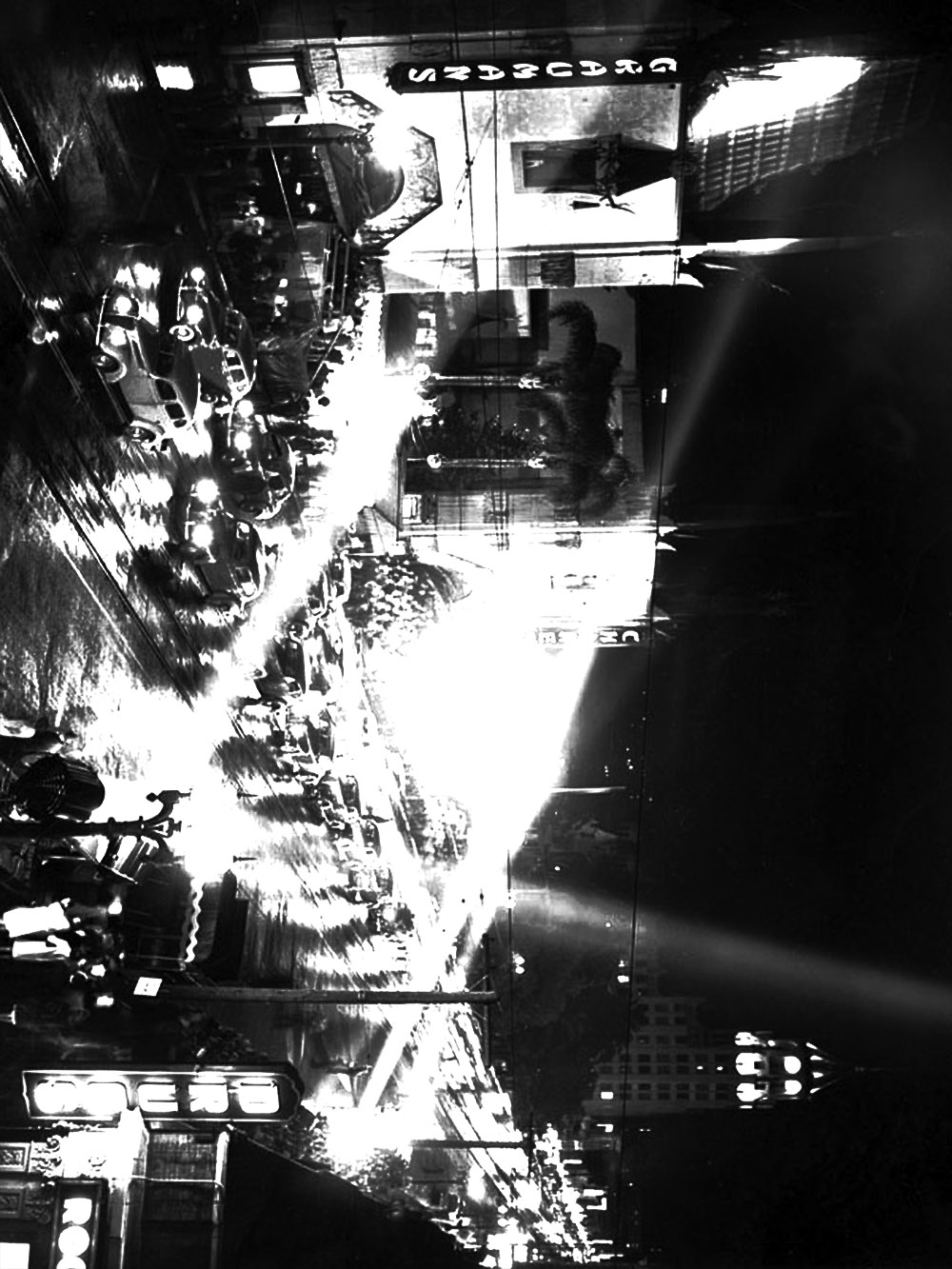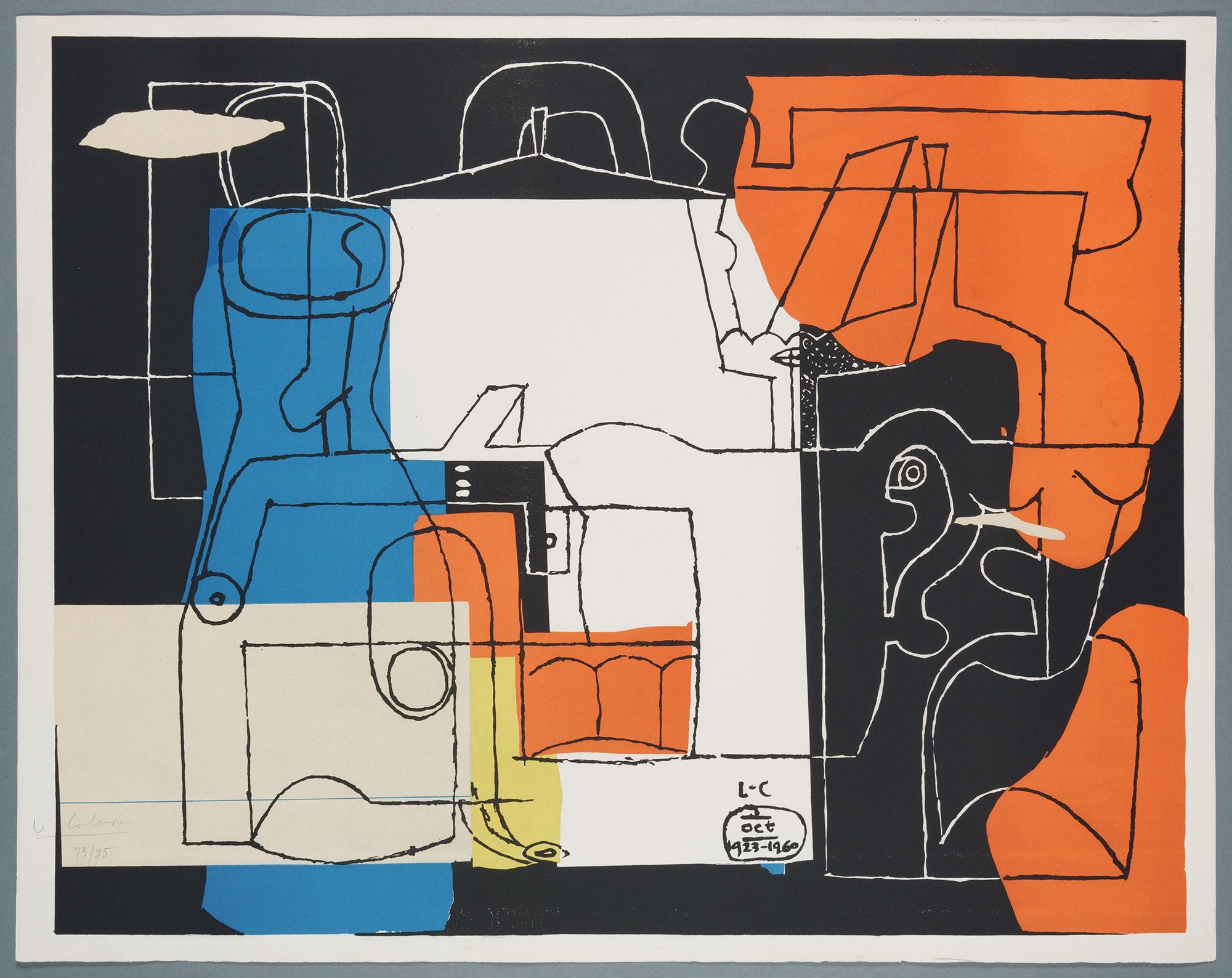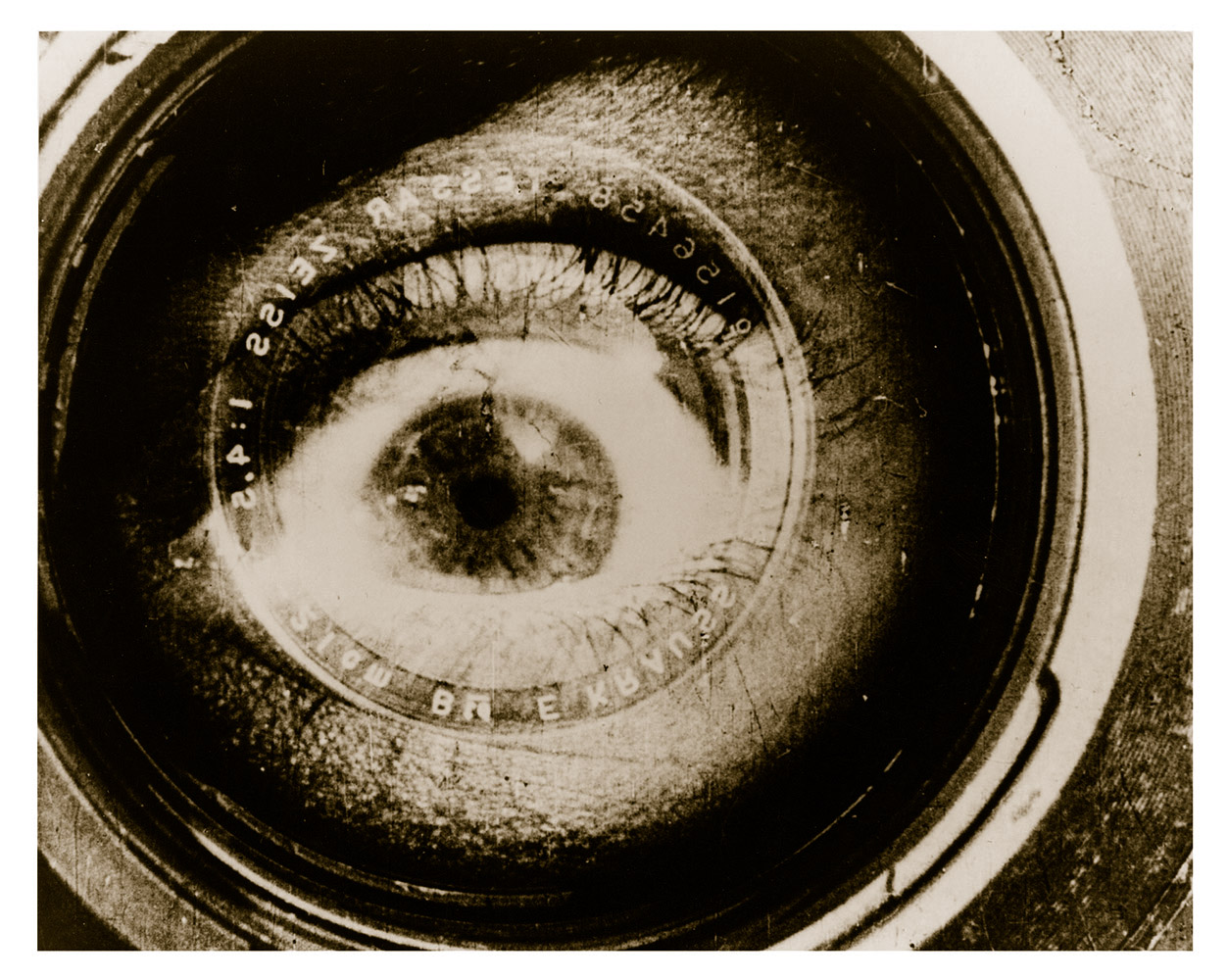Notes de manifeste

Here are the determining facts of the past which tie us together and which, among others, interest us: ‘plastic’ triumphs over anecdote (Manet) – the first geometrization of the exterior world (Cézanne) – the conquest of pure colour (Matisse) – the explosion of representation (Picasso) – exterior vision changes into interior vision (Kandinsky) – a branch of painting dissolves into architecture, becoming polychromatic (Mondrian) – departure from the large plastic synthetics (Le Corbusier) – new plastic alphabets (Arp, Taeuber, Magnelli, Herbin) – abandoning volume for SPACE (Calder) … The desire for a new conception was affirmed in the recent past by the invention of PURE COMPOSITION and by the choice of UNITY, which we will discuss later. Parallel to the decline of painting’s ancestral technique, followed experimentation with new materials (chemical applications) and adoption of new tools (discovery of physics) … Presently we are heading towards the complete abandonment of routine, towards the integration of sculpture and the conquest of the plane’s SUPERIOR DIMENSIONS.
From the beginning, abstraction examined and enlarged its compositional elements. Soon, form-colour invaded the entire two-dimensional surface, this metamorphosis led the painting-object, by way of architecture, to a spatial universe of polychromy. However, an extra-architectural solution was already proposed and we deliberately broke with the neo-plastic law. PURE COMPOSITION is still a plastic plane where rigorous abstract elements, hardly numerous and expressed in few colours (matte or glossy), possess, on the whole surface, the same complete plastic quality: POSITIVE-NEGATIVE. But, by the effect of opposed perspectives, these elements give birth to and make vanish in turn a ‘spatial feeling’ and thus, the illusion of motion and duration. FORM AND COLOUR ARE ONE. Form can only exist when indicated by a coloured quality. Colour is only quality when unlimited in form. The line (drawing, contour) is a fiction which belongs not to one, but to two form-colours at the same time. It does not engender form-colours, it results from their meeting. Two necessarily contrasted form-colours constitute PLASTIC UNITY, thus the UNITY of creation: eternal duality of all things, recognized finally as inseparable. It is the coupling of affirmation and negation. Measurable and immeasurable, unity is both physical and metaphysical. It is the conception of the material, the mathematical structure of the Universe, as its spiritual superstructure. Unity is the absence of BEAUTY, the first form of sensitivity. Conceived with art, it constitutes the work, poetic equivalent of the World that it signifies. The simplest example of plastic unity is the square (or rectangle) with its complement ‘contrast’ or the two-dimensional plane with its complement ‘surrounding space’.
Continue reading “Megjegyzések egy kiáltványhoz”






